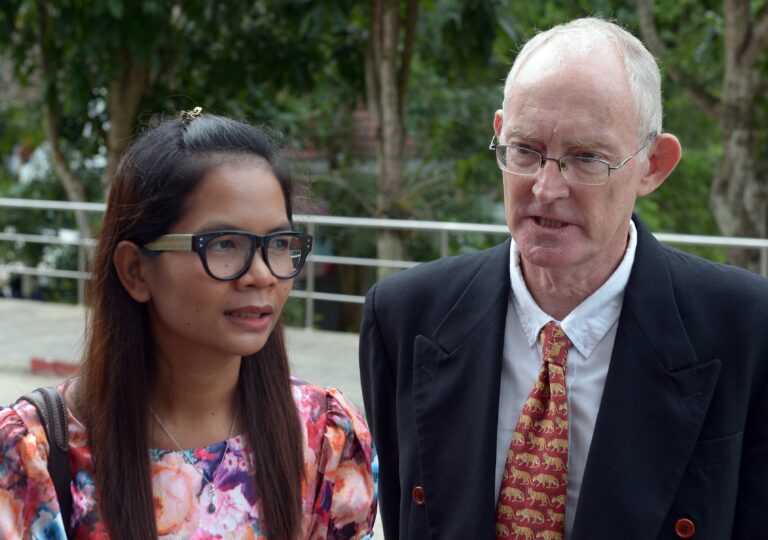(SEAPA/IFEX) – On the morning of 14 February 2005, Kiat Saetang, managing editor of the bi-monthly newspaper “Had Yai Post”, was shot dead near a central market in the bustling town of Had Yai, in Thailand’s southern province of Songkhla. Witnesses said Kiat, 54, was on his motorbike approaching a small street near the market […]
(SEAPA/IFEX) – On the morning of 14 February 2005, Kiat Saetang, managing editor of the bi-monthly newspaper “Had Yai Post”, was shot dead near a central market in the bustling town of Had Yai, in Thailand’s southern province of Songkhla.
Witnesses said Kiat, 54, was on his motorbike approaching a small street near the market when he was shot three times from behind by one of two men on another motorbike. Only two bullets hit Kiat on the back but he was killed instantly. The unidentified assassins immediately fled the scene amidst the bystanders’ screams. Witnesses only remembered sketchy details of the killers’ motorbike but not enough to know where it originated.
Kiat’s wife, Suchin Saetang, told the police she believed the killing was linked to his various exposes on the misconduct of local Had Yai politicians. She also confirmed that he had been receiving telephone threats.
Local police did not discount this possibility but are also looking into other motivations for the murder, including a personal conflict.
Kiat is the first provincial journalist to be killed in 2004. He was known for his outspokenness and hard-hitting comments on local politics.
Earlier in February, a reporter in southern Pattani province for iTV, Thailand’s private television channel, was shot and badly injured. It is still unclear if the assassination attempt was linked to the station’s election coverage.
The Pattani shooting occurred during the last week of the election campaign. The 6 February parliamentary elections culminated in a landslide victory for the ruling Thai Rak Thai Party, save for southern Thailand which remained a stronghold of the rival Democrat Party.


